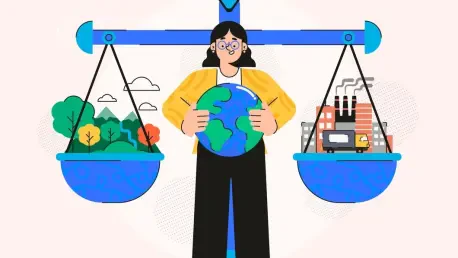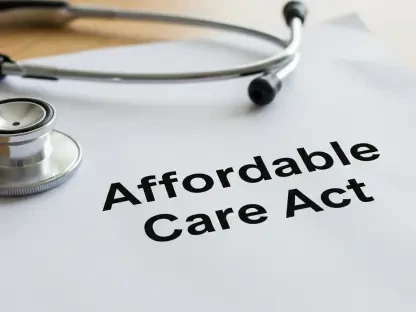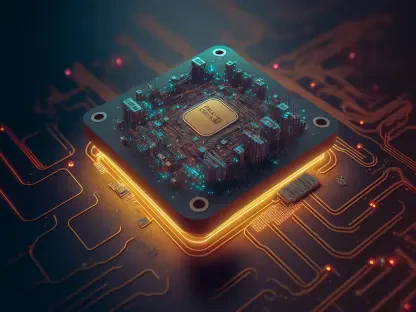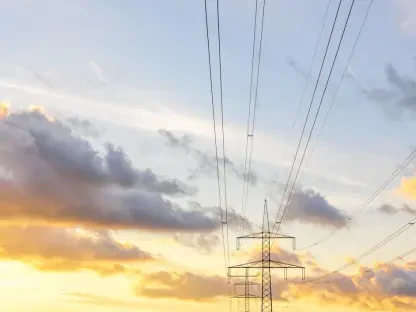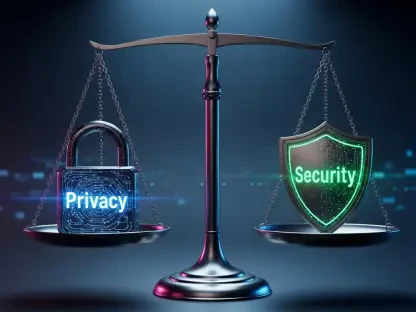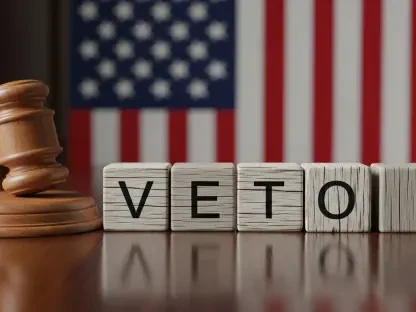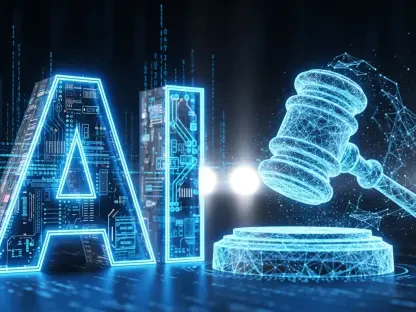Background of Industrial Pollution in Gary, Indiana
Gary, Indiana, stands as a stark symbol of America’s industrial heartland, where the steel industry has long been both a lifeline and a burden for the community. Founded in 1906 as a company town for US Steel, Gary has relied heavily on the massive Gary Works facility, one of the largest steel mills in the nation, employing thousands and driving economic activity in northwest Indiana. However, this industrial giant has also cast a shadow over the city with decades of environmental degradation, as emissions from steel production have polluted the air and waterways, raising persistent concerns among residents and regulators alike.
The steel sector in this region, dominated by players like US Steel, contributes significantly to both local employment and national manufacturing output. Yet, the environmental cost is steep, with industrial operations releasing pollutants such as particulate matter, sulfur dioxide, and volatile organic compounds into the atmosphere. These emissions have historically placed Gary among the most polluted cities in the country, drawing scrutiny under federal regulations like the Clean Air Act, which mandates air quality standards and emission limits. Despite these laws, enforcement and compliance have often lagged, fueling tensions between industrial interests and community well-being.
Over the years, regulatory efforts in northwest Indiana have faced challenges in balancing economic priorities with environmental protection. The Clean Air Act, enacted in 1970 and amended since, provides a framework for controlling industrial emissions through permits and monitoring. However, local application of these rules has frequently been criticized for leniency, with historical data showing repeated violations at facilities like Gary Works. This backdrop of industrial dominance and environmental struggle sets the stage for the current conflict over air pollution controls, as the community grapples with the legacy of pollution and the ongoing need for stricter oversight.
Community Concerns and Health Impacts
Public Health Risks from Air Pollution
Air pollution from industrial sources like US Steel’s Gary Works poses severe health risks to Gary residents, with fine particulate matter, known as PM2.5, being a primary culprit. These tiny particles, small enough to penetrate deep into the lungs and even enter the bloodstream, are linked to a range of serious conditions, including asthma, bronchitis, and heart disease. Studies conducted in northwest Indiana have consistently shown elevated rates of respiratory and cardiovascular issues in communities near steel mills, painting a grim picture of the toll industrial emissions take on public health.
Research specific to the region underscores the scale of the problem, with one analysis estimating hundreds of premature deaths annually tied to industrial pollutants. Exposure to PM2.5 and other toxins not only exacerbates chronic illnesses but also disproportionately affects vulnerable populations such as children and the elderly. For a city like Gary, already facing socioeconomic challenges, the added burden of pollution-related health crises amplifies calls for immediate action and stronger regulatory measures to curb emissions at their source.
Voices of Gary Residents and Advocates
Beyond the statistics, the human cost of air pollution reverberates through personal stories and community outrage in Gary. At public meetings, residents have voiced deep frustration over living with visible smog and the constant threat of health issues, often describing a sense of helplessness in the face of industrial giants. Local activists and officials have highlighted how families endure the emotional strain of watching loved ones suffer from pollution-linked ailments, turning environmental concerns into a deeply personal fight for justice.
Advocacy groups, alongside city leaders, have become vocal champions for change, demanding accountability from both US Steel and state regulators. Testimonies shared during community forums reveal a collective anger over what many perceive as inadequate protection, with residents questioning why their right to clean air seems secondary to corporate interests. This emotional undercurrent drives the conflict, as the push for stricter pollution controls becomes not just a policy debate but a moral imperative for those living in the shadow of Gary Works.
Challenges in Pollution Control and Oversight
The technical complexities of managing emissions at a facility as vast as Gary Works present significant hurdles for both regulators and the company. Steel production involves numerous processes that release pollutants, from coke ovens to blast furnaces, and controlling these emissions requires advanced equipment like baghouses—devices designed to filter particulate matter. However, concerns persist about the effectiveness of such systems, especially regarding fugitive emissions that escape capture and drift into surrounding neighborhoods.
A major point of contention lies in the air permit renewal and modification processes, which dictate how emissions are monitored and controlled. Critics argue that current permits lack clarity in accounting for all sources of pollution, often underestimating the true impact on air quality. Additionally, the reliance on periodic testing, rather than continuous monitoring, raises doubts about whether violations go undetected between assessments, leaving gaps in enforcement that frustrate community advocates.
Community dissatisfaction also centers on the infrequency of compliance checks, with testing cycles often spanning five years. Many argue that such lengthy intervals fail to ensure consistent accountability, proposing instead annual or even more frequent evaluations to catch issues early. While implementing tighter monitoring poses logistical and financial challenges, the demand for real-time data and stricter oversight reflects a growing consensus that current systems fall short of protecting public health in industrial zones like Gary.
Regulatory Framework and IDEM’s Role
The Indiana Department of Environmental Management (IDEM) serves as the primary overseer of industrial emissions in the state, operating under a framework shaped by federal laws like the Clean Air Act and state-specific regulations. Tasked with issuing permits and ensuring compliance, IDEM must navigate a complex landscape where legal standards often clash with community expectations for cleaner air. This role places the agency at the center of the dispute between Gary residents and US Steel, as its decisions directly impact local air quality.
Despite its mandate, IDEM faces significant constraints in tightening emission rules without legislative support, often adhering to minimum federal guidelines rather than imposing stricter state-level standards. Representatives from the agency have defended existing monitoring practices, such as periodic testing and interim assessments, as sufficient under current law. However, this stance has drawn criticism from those who see permitted pollution levels as too lenient, highlighting a disconnect between what is legally acceptable and what communities deem safe.
This tension reveals a broader challenge in environmental governance: balancing industrial allowances with public health priorities. While IDEM emphasizes its limited authority to enact change without new legislation, community advocates push for reforms that would redefine acceptable pollution thresholds. The resulting impasse underscores the need for dialogue between regulators, lawmakers, and residents to address systemic gaps in how industrial emissions are managed in Indiana.
Future Directions for Environmental Justice in Gary
Looking ahead, the path toward environmental justice in Gary hinges on sustained community advocacy to influence legislative reform. Grassroots organizations and local leaders are increasingly mobilizing to demand tighter emission standards and more rigorous enforcement, recognizing that change at the policy level is essential to hold industries accountable. Efforts to lobby state representatives for updated laws could reshape how pollution is regulated, potentially setting a precedent for other industrial communities.
Emerging trends in environmental justice also point to greater public engagement, with forums and meetings providing platforms for residents to challenge both companies and regulators directly. This shift toward transparency and participation empowers communities like Gary to amplify their voices, ensuring that health concerns are not sidelined in favor of economic interests. Alongside this, calls for industrial accountability are gaining traction, pressing firms like US Steel to invest in cleaner practices as part of their social responsibility.
Technological innovation offers another avenue for progress, with advancements in pollution control systems holding promise for reducing emissions at the source. From improved filtration to real-time monitoring tools, such solutions could bridge the gap between industrial operations and environmental safety. Combined with broader economic and policy shifts—such as incentives for green technology—there is potential to transform places like Gary into models of sustainable industry, provided stakeholders commit to collaborative action.
Conclusion: Balancing Industry and Community Well-Being
The clash between Gary residents and US Steel over air pollution controls crystallizes a profound struggle that unfolds across health, technical, and regulatory dimensions. On one hand, the community bears the weight of industrial emissions through documented health crises and personal hardship, driving a fierce demand for stricter oversight. On the other hand, regulatory bodies and industry players grapple with legal limits and operational realities, often leaving solutions just out of reach.
Reflecting on this conflict, it becomes evident that sustained dialogue between all parties is critical to forging a way forward. Legislative advocacy emerges as a vital next step, with community efforts needed to push for updated laws that prioritize clean air over outdated allowances. Simultaneously, investment in cutting-edge pollution control technologies offers a practical avenue for US Steel to demonstrate commitment to the region’s well-being, potentially easing tensions.
Ultimately, the resolution of this issue demands a delicate balance—preserving the economic contributions of industry while safeguarding the fundamental right to a healthy environment. Encouraging pilot programs for innovative emission reduction strategies and establishing joint task forces with community representation could pave the way for compromise. These actionable measures, rooted in collaboration, hold the key to ensuring that industrial hubs like Gary no longer have to choose between jobs and clean air.
